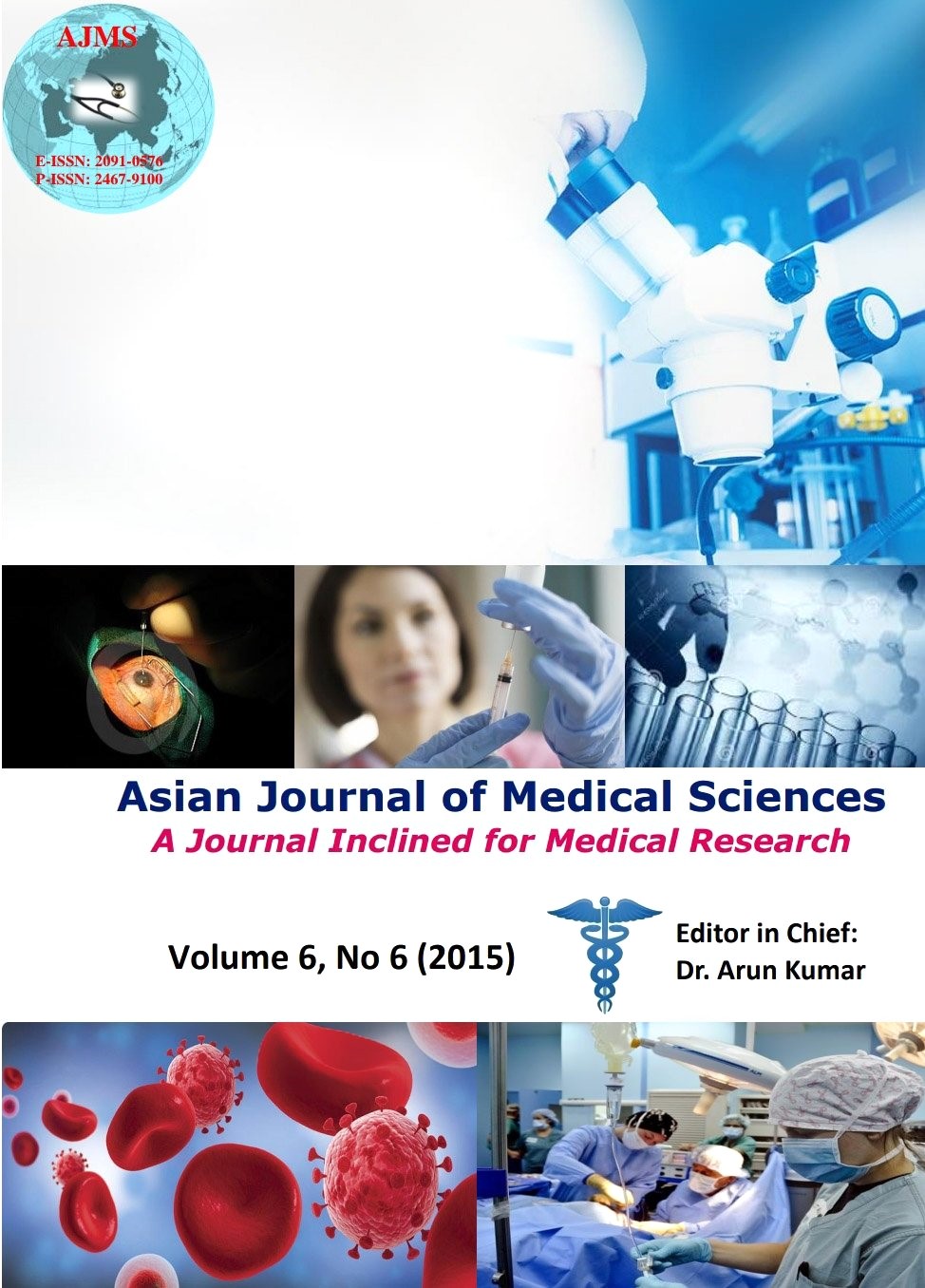Prevalence of Syphilis among People living with HIV (PLHIV) attending a tertiary care hospital in coastal south India
Keywords:
Syphilis, HIV / AIDS, VDRL.Abstract
Background: Syphilis and HIV are both transmitted sexually so people can be infected with both diseases. Co-infection of syphilis and HIV alters the course of both the diseases. Venereal disease research laboratory (VDRL) test is a non-treponemal test, used commonly in Antiretroviral Therapy Centres (ART) in India to detect syphilis. The aim of our study was to determine the prevalence of syphilis in HIV-infected patients attending a tertiary care hospital using VDRL test.
Materials and Methods: Using a cross-sectional study design 113 HIV positive patients were included. VDRL test was used to screen for syphilis. The collected data was analyzed using SPSS version 11.5.
Results: Among the 113 patients screened 69(61%) were males and 44(39%) were females. Majority of the patients had acquired the disease through heterosexual transmission (92.9%). VDRL test was negative in all 113 patients.
Conclusion: The seroprevalence of syphilis in coastal South India using VDRL is very less. Specific tests like Fluorescent Treponemal Antibody Absorption test (FTA-ABS) or Treponema pallidum hemagglutination Assay (TPHA) would be beneficial to detect asymptomatic syphilis in ART centers.
DOI: http://dx.doi.org/10.3126/ajms.v6i6.11623
Asian Journal of Medical Sciences Vol.6(6) 2015 77-79
Downloads
Downloads
Published
How to Cite
Issue
Section
License
Authors who publish with this journal agree to the following terms:
- The journal holds copyright and publishes the work under a Creative Commons CC-BY-NC license that permits use, distribution and reprduction in any medium, provided the original work is properly cited and is not used for commercial purposes. The journal should be recognised as the original publisher of this work.
- Authors are able to enter into separate, additional contractual arrangements for the non-exclusive distribution of the journal's published version of the work (e.g., post it to an institutional repository or publish it in a book), with an acknowledgement of its initial publication in this journal.
- Authors are permitted and encouraged to post their work online (e.g., in institutional repositories or on their website) prior to and during the submission process, as it can lead to productive exchanges, as well as earlier and greater citation of published work (See The Effect of Open Access).




